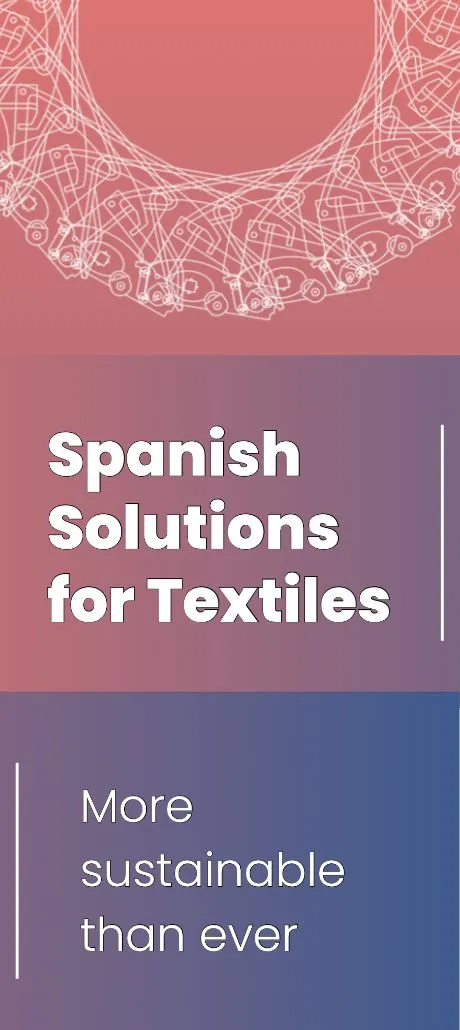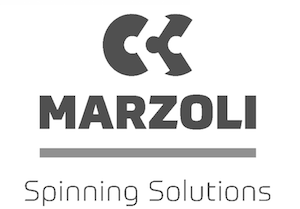Advanced technology for endurance running footwear continues to be a focus of intense research and development as brands strive to achieve performance enhancements and break world records. But their efforts are being threatened by increasingly stringent product design regulation and sustainable product legislation.
These are among the findings of a 26-page report called “Endurance running footwear: innovation and advanced technology gather pace as brands compete for the top spot” from the global business information company Textiles Intelligence.
Shoes made using advanced footwear technology, often described as “super shoes”, demonstrate unprecedented opportunities for achieving performance improvements in endurance running and, as such, they are considered to be superior to all other styles of endurance running footwear.
In fact, the performance of shoes made using advanced footwear technology is so great that World Athletics—the international governing body for athletics—has been required to step in and regulate a number of key design features in order to ensure that the shoes do not give athletes unfair assistance or advantage.
For example, World Athletics has stipulated that the thickness of the midsole foam at the heel, or stack height, incorporated into footwear for high-level endurance running competitions must not exceed 40 mm. According to the chief executive officer (CEO) of World Athletics, Jon Ridgeon, this stipulation has been enforced in order to “support innovation on the one hand and ensure that innovation does not create unfairness on the other”.
In performance enhancing footwear, the stack height is critical. This is because a large stack height tends to offer greater shock absorption and improved foot protection. Also, it facilitates a steep heel-to-toe drop which allows for the incorporation of a carbon fibre plate with a pronounced curve into the midsole. Such incorporation produces a “teeter-totter” effect which serves to propel the runner forward and contributes to major improvements in running performance.
For many, the carbon fibre plate and the midsole foam are the most important components in making advanced footwear technology so superior to the technologies employed in conventional running footwear.
Looking ahead, these components will be a major subject of research and development as brands seek to compete with Nike—a dominant player in the market for performance enhancing footwear, having originally pioneered advanced footwear technology. At the same time, brands will have to grapple with regulation enforced by World Athletics.
Beyond regulation, footwear brands will look to address a number of other issues—not least the high retail prices of performance enhancing footwear containing cutting-edge materials, including carbon fibre plates.
While many running enthusiasts are comfortable paying high prices in order to see improvements in their running performances, many consumers have become frustrated by the barriers to entry which prevent them from accessing the latest performance enhancing running gear.
In continuing to charge high prices, footwear brands run the risk of being described as “elitist” and perpetuating an idea that running tends to be a “rich person’s pursuit”.
Aside from this, performance footwear brands are facing pressure to address concerns about the poor environmental sustainability of performance enhancing footwear. For example, some of the footwear components produced using advanced footwear technology tend to be difficult to recycle, and some models of performance enhancing footwear can only be worn a small number of times before their performance benefits begin to deteriorate and the footwear becomes redundant.
In an attempt to address these concerns, some brands are exploring the use of novel bio-based materials and recycled materials. But these efforts will need to be accelerated at pace, given that sustainable product legislation is set to be introduced in Europe and the USA which will regulate the design, durability and recyclability of textiles, clothing and footwear.































